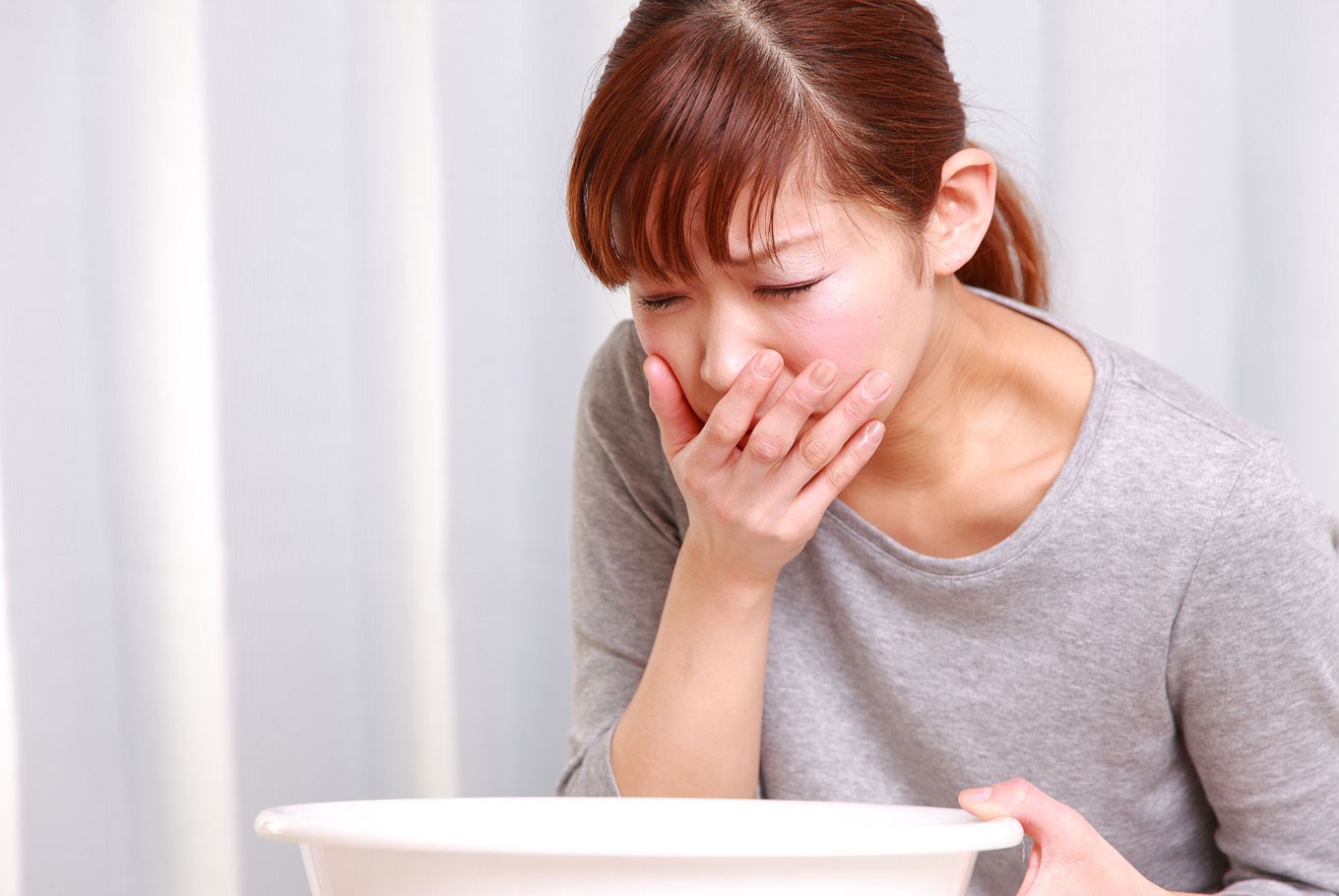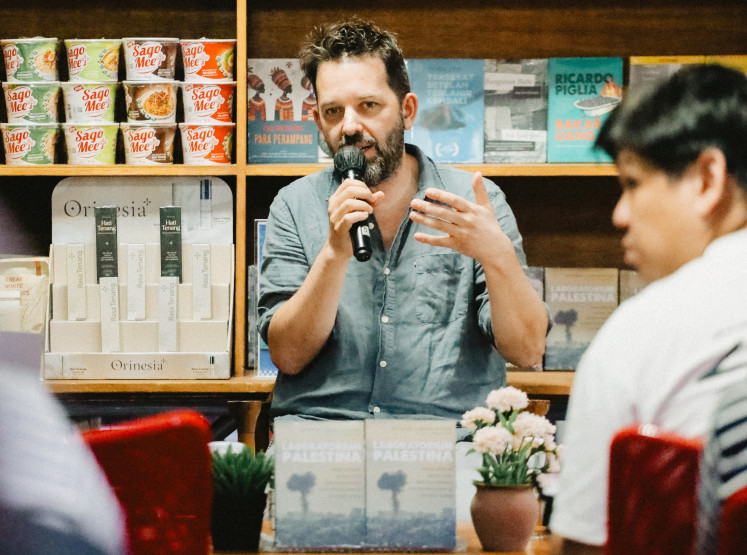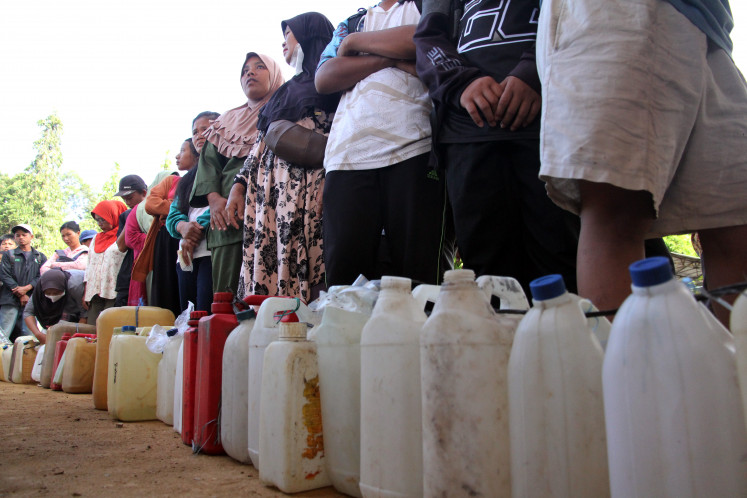Popular Reads
Top Results
Can't find what you're looking for?
View all search resultsPopular Reads
Top Results
Can't find what you're looking for?
View all search results10 tips to reduce the risk of food poisoning
Change text size
Gift Premium Articles
to Anyone
O
ne of the most important parts of a healthy diet is keeping your food safe. These simple food-handling steps are very effective in helping to avoid the risk of food poisoning. The "clean, sort, cook and chill" principles are explained below.
Cleaning
Wash hands with soap and water
Wash your hands using soap and clean warm water if available. Rub your hands together to make a lather and scrub all parts of the hands for 20 seconds. Rinse your hands carefully and dry with a clean paper towel. If possible, use the paper towel to turn off the faucet.
Sterilize surfaces prior to cooking
Surfaces should be cleaned with hot, soapy water. You can also use one tablespoon of unscented chlorine bleach with four liters of water to disinfect surfaces.
Clean out the refrigerator weekly
At least once a week, remove food that has been inside the refrigerator for too long. Excess cooked food must be removed after four days, while raw poultry or ground meat must be removed after one or two days.
Keep storage areas clean
Clean the inside of your utensil storage areas, as well as the outside. Pay particular attention to the knobs or handles where cross-contamination is likely to occur.
Rinse your food
Wash fruit and vegetables in clean water just before eating, cutting or cooking. Even if you plan to peel or chop the food before eating it, to prevent bacteria on the exterior from reaching the inside, you have to thoroughly wash the parts that were cut.
Classifying
Classify food when shopping
Put seafood, meat and fresh poultry into plastic bags. Put them in the "ready to eat" compartment of the refrigerator.
Classify food when preparing meals
Always use a clean cutting board for fresh foods, and separate the cutting boards for seafood, meat and fresh poultry. Never place cooked food on a plate that previously had raw food on it.
Cooking and refrigerating
Use a food thermometer when cooking
A food thermometer is the best tool to ensure that food is thoroughly cooked, and to keep cooked food at a constant temperature until it's ready to serve.
Cook food at safe temperatures
The most effective way to prevent food poisoning is to check the cooking temperature of seafood, meat, poultry and egg dishes. Cook raw beef, pork, lamb, veal, flank steak and roast meal at a minimum internal temperature of 63° Celsius. To ensure safety and quality, wait at least three minutes before cutting or eating. Cook beef, pork, lamb, veal at a safe minimum temperature of 71° Celsius. Cook poultry, including turkey or chicken, at a safe minimum of 74° Celsius.
Store food at safe temperatures
Keep cold food at 4° Celsius or lower. Keep hot food at 60° Celsius or higher. Food is no longer safe if left at temperatures between 4° to 60° Celsius for more than two hours (or one hour if the temperature is above 32° Celsius). (asw)












